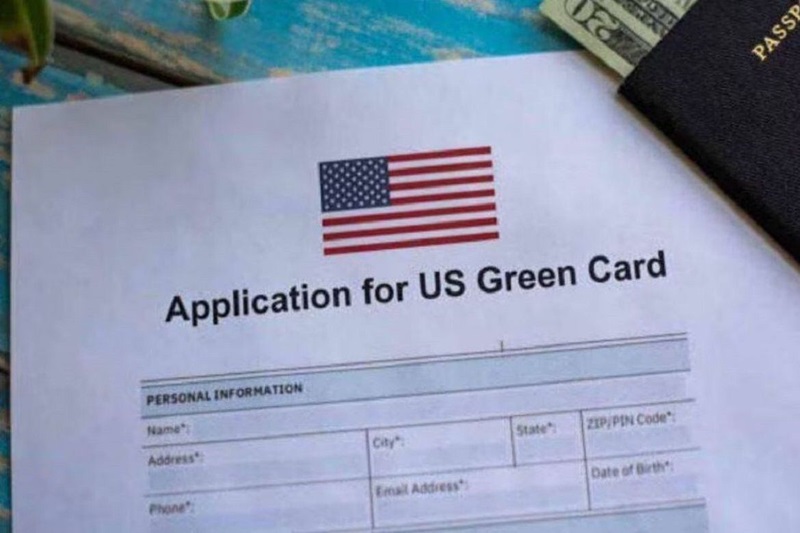#03Nov. Mexican Peso Advances Against the Dollar

The Mexican Peso Advances Against the Dollar after the US Federal Reserve hinted that the interest rate hiking cycle has come to an end.
The perception of a less restrictive Federal Reserve, which suggests the possibility that the interest rate hiking cycle in the United States has already concluded, led to a drop in the global dollar exchange rate and the Treasury bond yields.
As a result, the Mexican peso made gains against the dollar and emerged as the second-most appreciated currency among emerging economies in the session.
The Mexican peso gained traction in electronic trading, as the local market remained closed for the Day of the Dead celebration.
Bloomberg data showed that the exchange rate fluctuated between a high of 17.79 and a low of 17.51 units. It currently hovers around 17.5249 pesos per dollar, representing an appreciation of 1.59 percent or 28.27 cents compared to the last recorded data.
In the Chicago Mercantile Exchange (CME) futures market, there is a 79.5 percent probability that the federal funds rate will remain at its current level at the December 13th meeting, and a 70.4 percent probability that it will remain unchanged on January 31st.
The US Dollar Index (DXY), which compares the US dollar against a basket of six currencies from developed countries, dropped by 0.69 percent to 106.14 points. Similarly, the Bloomberg Dollar Index (BBDXY) declined by 0.58 percent, reaching 1,266.76 units.
The positive performance of the exchange rate is attributed to the Fed’s monetary policy, according to James Salazar, Deputy Director of Economic Analysis at CI Banco.

Mexican Peso Advanced Against the Dollar: Exchange Rate at Banks
All of the above has resulted in the US dollar being sold at 18.19 pesos each at bank counters, as reported by Citibanamex.
In the money market, the yield on the 10-year US Treasury bond stands at 4.64 percent, while the yield on the 10-year Mexican bond remains at 10.51 percent.
Some currencies that didn’t manage to gain against the greenback include the Thai Baht (0.79 percent), South Korean Won (0.49 percent), Polish Zloty (0.44 percent), Czech Koruna (0.41 percent), Indonesian Rupiah (0.31 percent), Hungarian Forint (0.24 percent), Taiwanese Dollar (0.19 percent), among others.
The Fed’s pause also encouraged demand for risk assets, driving trading on Wall Street. This resulted in a third consecutive day of gains for major indices, with the S&P 500 having its best session since April, rising 1.89 percent to 4,317.78 points; the Nasdaq increased by 1.78 percent to 13,294 units, and the Dow Jones gained 1.70 percent, reaching 33,839.08 points.”
Also read: Salary of workers in the automotive sector in the United States will have effects.





